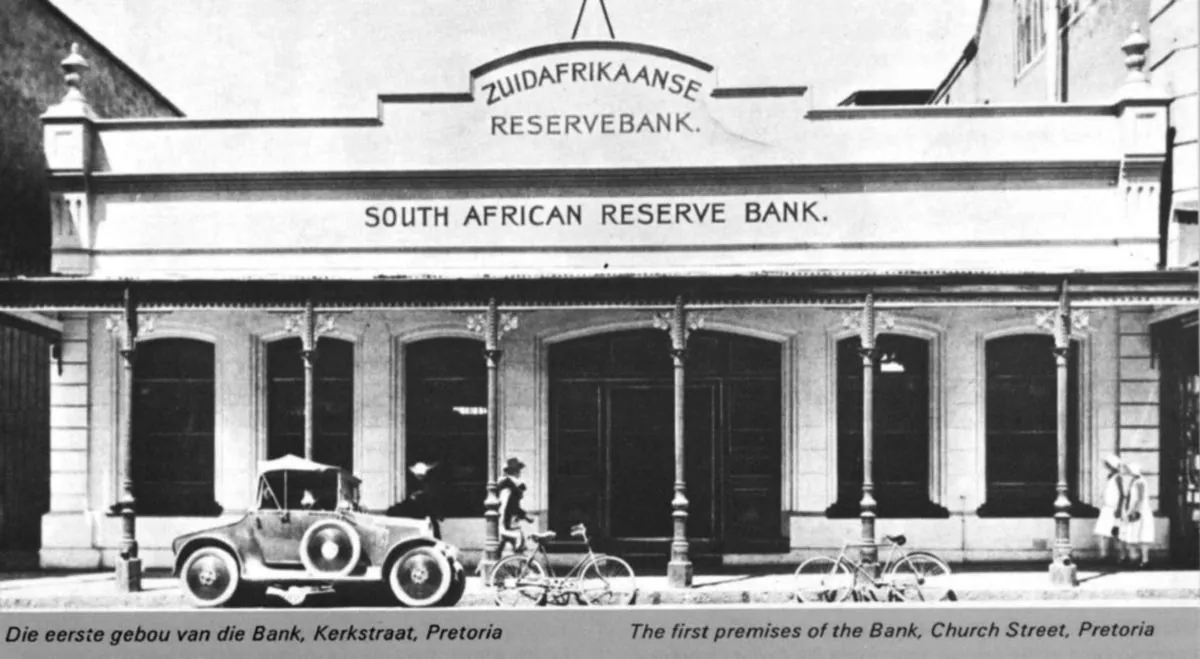South African Rand Steady as Markets Await U.S. Jobs Data
The South African rand held steady as investors anticipate U.S. employment figures. This data is expected to influence Federal Reserve decisions, impacting emerging market currencies.

The South African rand maintained its stability in early trading on September 6, 2024, as global markets eagerly await the release of U.S. employment data. This information is crucial for predicting potential interest rate adjustments by the Federal Reserve later this month.
As of 0715 GMT, the rand remained unchanged from its previous day's closing value of 17.70 against the dollar. This stability reflects the cautious approach of investors ahead of the release of key economic indicators.
Andre Cilliers, a currency strategist at TreasuryONE, commented on the market sentiment:
"Markets remain on edge as traders await today's key U.S. nonfarm payrolls and unemployment data which is likely to dictate the upcoming Fed monetary policy decisions."
The nonfarm payrolls report, a significant economic indicator representing the total number of paid U.S. workers excluding farm employees and certain other job types, is closely watched by market participants. This data, along with the unemployment rate, provides insights into the health of the U.S. labor market and overall economic conditions.
Cilliers further noted that analysts are leaning towards a "soft landing" for the U.S. economy. This economic scenario, characterized by a cyclical slowdown in growth that avoids recession, has been beneficial for emerging market currencies like the rand in recent days.

The performance of risk-sensitive currencies, such as the rand, is often influenced by U.S. monetary policy and global economic factors, in addition to domestic considerations. The Federal Reserve, established in 1913, plays a crucial role in shaping these global economic conditions through its monetary policy decisions.
In a positive development for South Africa's economic outlook, the country's net foreign reserves rose to $60.141 billion by the end of August 2024, up from $59.165 billion in July. This increase in foreign currency assets strengthens South Africa's ability to manage its monetary policy and back its liabilities.
However, the Johannesburg Stock Exchange (JSE), Africa's largest stock exchange founded in 1887, saw a slight decline in early trading. The blue-chip Top-40 index, representing the 40 largest companies by market capitalization, was down approximately 0.86%.
On a more optimistic note, South Africa's benchmark 2030 government bond reached its strongest level in nearly three years. The yield on this bond decreased by 2 basis points to 8.985%, indicating increased demand for South African government debt.
As markets continue to analyze these various economic indicators, the interplay between global factors and local developments will likely continue to shape the rand's performance in the coming days.


































